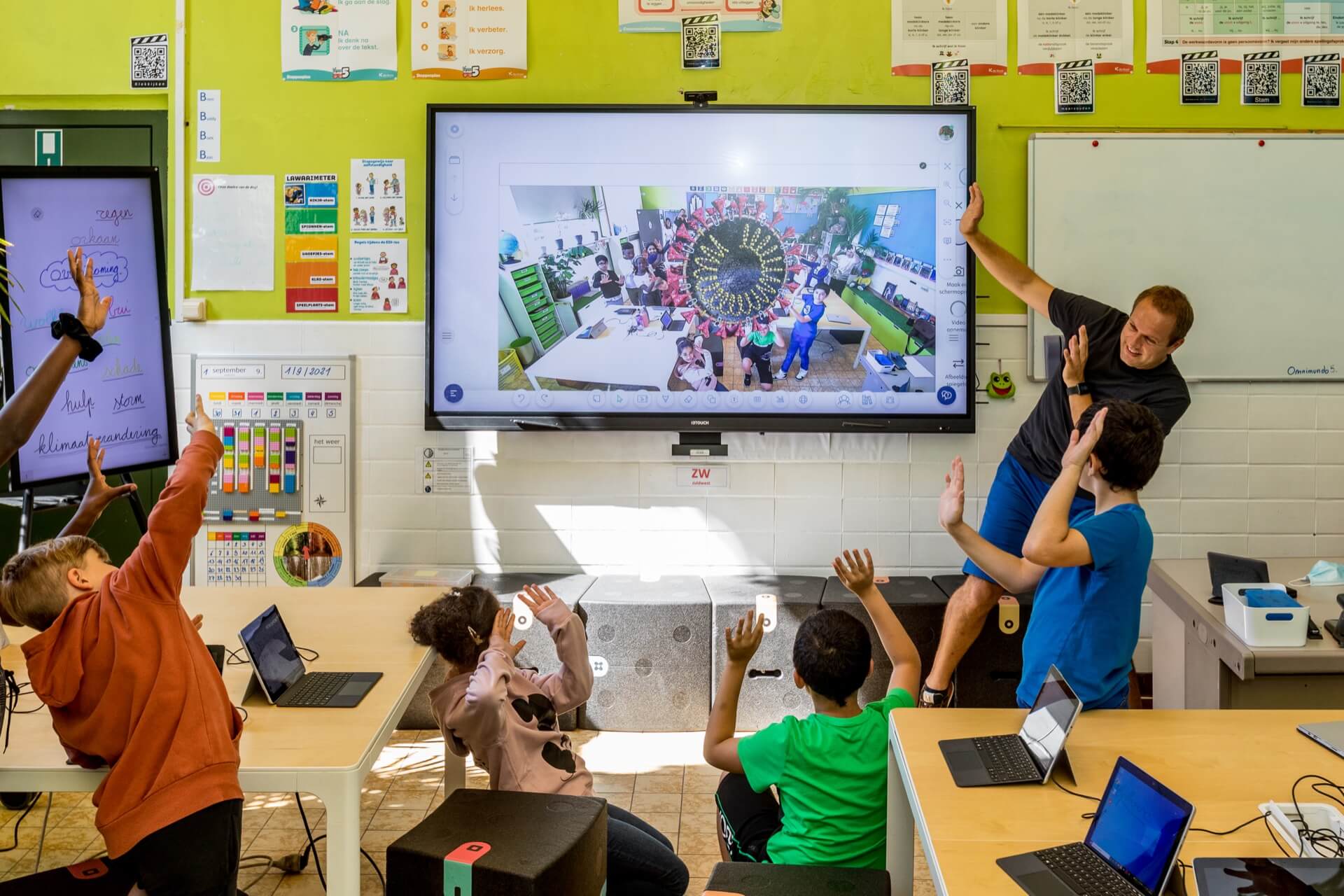
Teaching complex concepts to kids sometimes becomes hectic. Certain skills and creativity are needed to break down complex ideas into kid-friendly explanations.
But there’s good news for those parents and tutors who often feel overwhelmed while explaining things to children.
By following certain tips, they can simplify complex concepts in a way that becomes accessible and engaging for young minds. In this blog post, we are going to share some of those tips with you that many have tested and suggested for your convenience.
8 Tips to Make Complex Concepts Understandable for Kids
Below, we have shared eight tips that can help you make complex topics/concepts simple to understand for kids. So, follow along.
1. Use Analogies and Metaphors
Analogies and metaphors act as a bridge between what kids already know and what they are learning. As an example:
If you explain to kids about the heart while comparing it to a pump or describe atoms as tiny building blocks, you provide them with familiar points. This gives them a better understanding of abstract concepts.
The key lies in choosing comparisons that can match kids’ experiences. A city kid might better understand ecosystems when compared to neighborhoods. While a rural child might grasp the concept through farm analogies. So, try explaining things using analogies accordingly.
2. Break Down Information into Digestible Pieces
Another way to simplify complex topics is to divide the information into smaller components. This way, the information becomes manageable and digestible for kids. For example, if you are explaining the photosynthesis process, break it into steps like:
1. Plants take in sunlight
2. They absorb water through the roots
3. Next, they breathe in carbon dioxideThey release oxygen in return.
Breaking down information like this will allow children to master one piece before you move them to the next. The more you make things easier for them to understand, the better they will remember them.
3. Make Texts Humanized
Children respond to texts that sound robotic or involve complex language very badly. Instead, they respond better to the one that involves conversational and warm language, or in short, the texts that are referred to as humanized.
If you are about to teach your kids a complex topic that involves high-level vocabulary and technical jargon, humanize the text before you throw it in front of them.
Doing that nowadays is so much easier. Simply, use Humanizer Pro to humanize text. It will help you transform technical content into more natural, kid-friendly language while improving readability.
When you provide Humanizer Pro with topics involving complex languages, it will do the following.
- Detect difficult, robotic words and replace them with simple vocabulary.
- Breaks down the complex sentence structure and improves the content flow.
- Make the overall text feel personalized and easier to understand.
This simple shift makes children feel included in the learning process rather than being lectured to.
4. Incorporate Visual Elements
Visual elements make the intangible tangible for kids.
As an example:
- Diagrams and illustrations of the water cycle
- Charts that compare the sizes of animals
- Pictures showing features of microscopic organisms
All these make things simple to understand and therefore memorable.
Children learn in various ways. Some learn by hearing, others need more of a visual aid to comprehend. Doing both means you reach all of your learners.
So, to simplify complex topics, make quick sketches. Use brightly colored infographics or seek kid-friendly videos that will translate the messages that you are trying to convey.
Even very simple counter explanations drawn while explaining can aid in understanding and retention.

5. Tell Stories
Stories engross kids. They contain essential knowledge along with entertainment. As an example:
You can turn the travel of a red blood cell into an adventure. Or you can tell the story of gravity through an apple falling from a tree.
Story structure helps children understand compound processes from start to finish. When knowledge is presented in the form of a story, children are more likely to pay attention and remember the details.
Regarding stories, a good thing to do is to invent a few recurring characters. Those who will show up in several of the explanations.
For example, a scientist character or explorer can take children through different themes. They will help in generating ongoing continuity and consistency from one lesson to another.
6. Encourage Hands-On Activities
Real follow-up is more active than passive, and active learning comes from hands-on activities. It helps in understanding concepts deeply. Activities such as:
- Straightforward experiments
- Construction projects
- Interactive demonstrations
All these get multiple senses involved and produce rewarding memories.
Activities also support a variety of learning styles. Children who are kinesthetic learners are particularly served by physical interaction. They get more understanding of something when they can touch it, manipulate it, and play with the pieces.
7. Relate to Real-Life Experiences
Learning becomes more relevant and interesting for kids when information comes to them in the form of familiar experience.
Utilize examples from their reality:
- Activities on the playground
- House items
- Pets
- Family moments
These kinds of touchpoints are familiar, and they help in making complex things more accessible to their minds.
For example, if you are teaching friction, try explaining to them why it’s hard to walk on ice, or force by comparing it to pushing a swing.
8. Make It Fun and Interactive
Learning becomes powerful when it’s enjoyable. Incorporate games, quizzes, songs, or interactive elements that maintain engagement while reinforcing key concepts.
As an example, you can:
- Turn classification into a sorting game
- Create rhymes to remember sequences
- Use dramatic play to act out historical events.
Fun activities reduce anxiety and create positive associations with learning challenging topics. Such elements also provide immediate feedback.
When children participate actively, you can quickly identify misunderstandings and adjust your approach accordingly.

Bottom Line
Making complex topics simple for kids does not have to be stressful. By following the eight tips we shared in this blog post, you can turn tough ideas into lessons kids actually enjoy. Try them and see how much easier teaching becomes for your kids.
